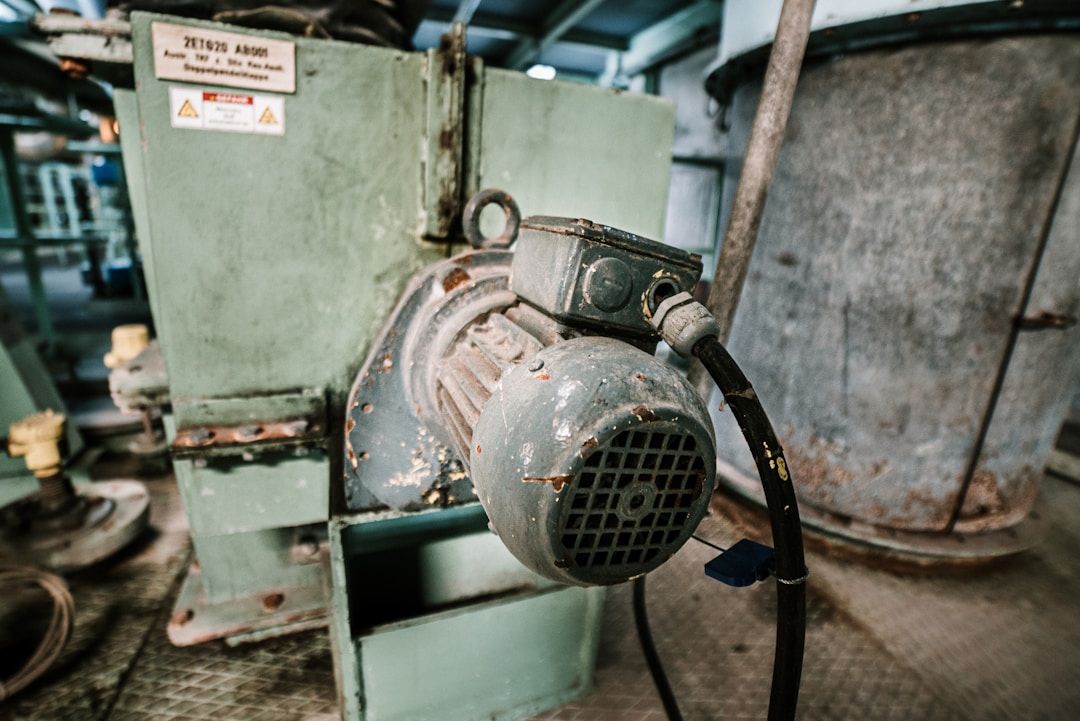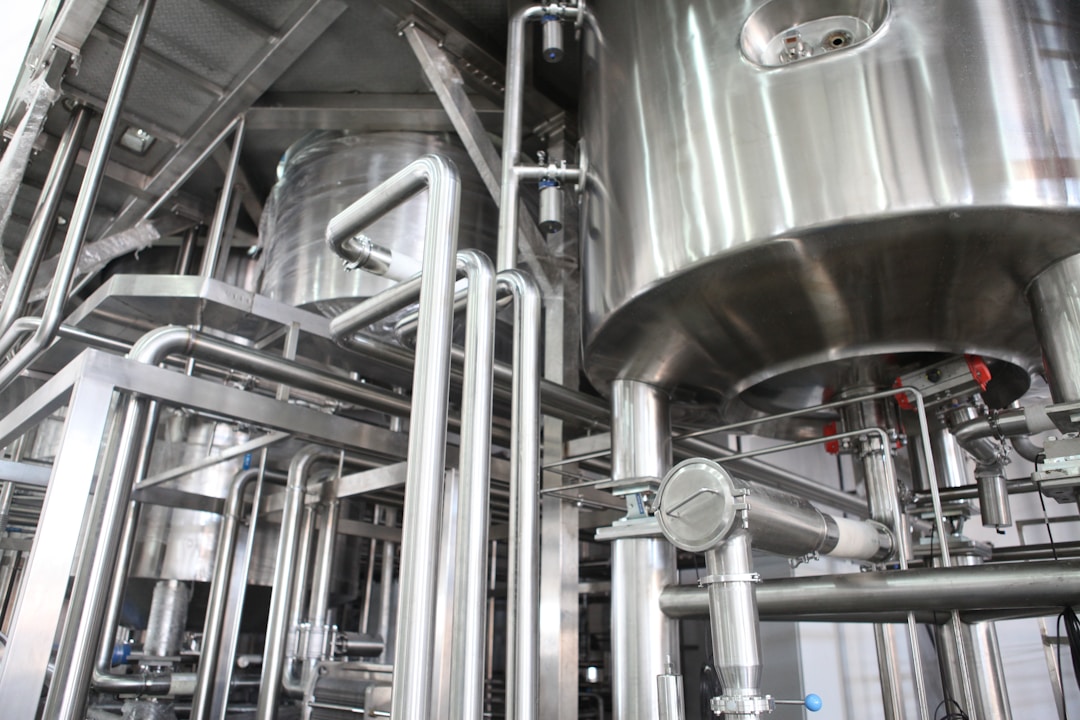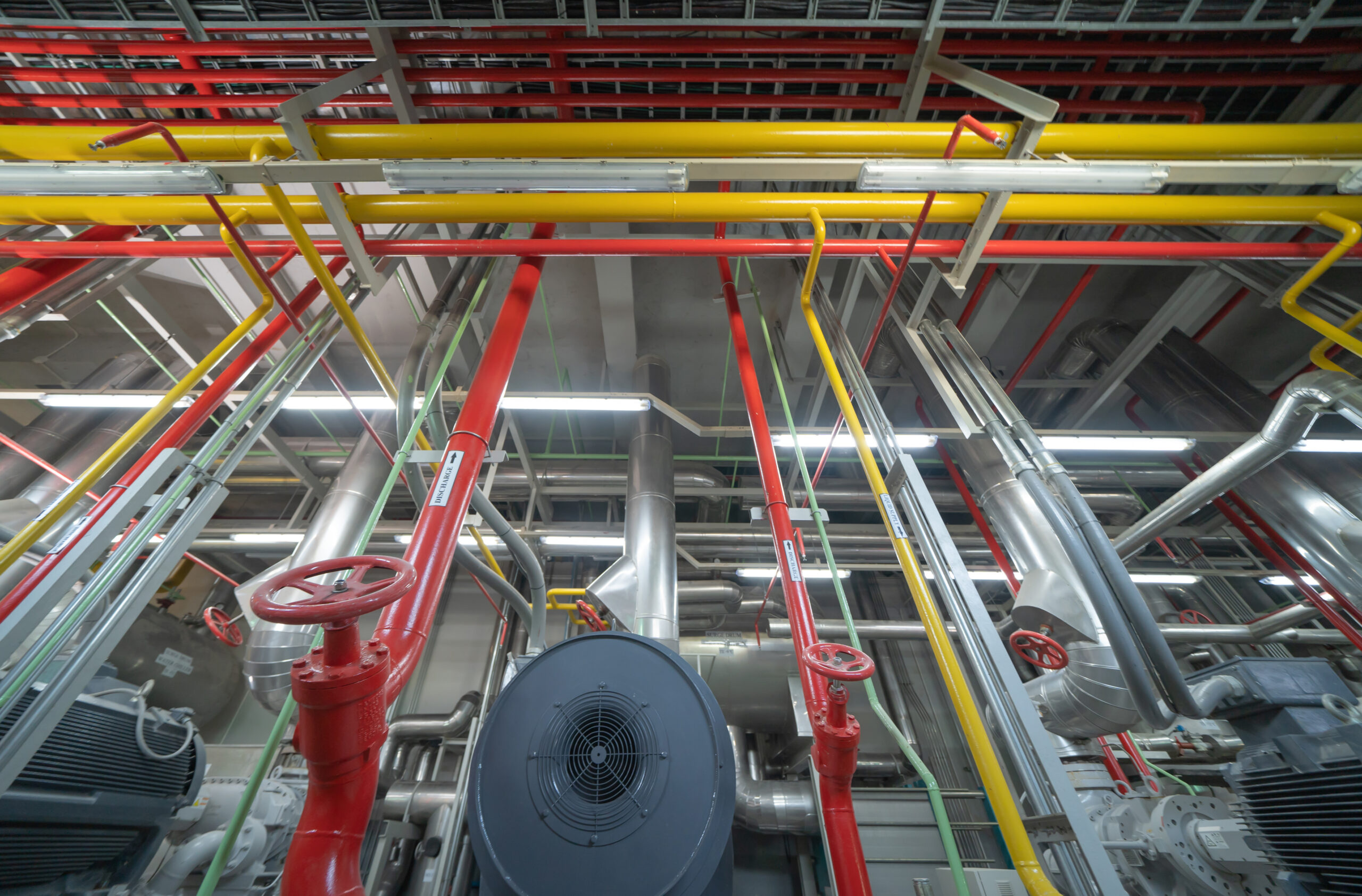Exploring the Functionality and Applications of Screw Compressors
Screw compressors play a pivotal role in various industrial applications, owing to their capacity for providing high-pressure air or gas. Utilized in areas ranging from construction to manufacturing processes, these machines are integral to efficient operations. Understanding the mechanics behind screw compressors is essential for anyone involved in sectors where compressed air is a necessity. Below, you’ll find a detailed explanation of their working principles, benefits, maintenance practices, and potential technological advancements. Whether you’re new to the concept or seeking to enhance your knowledge, this comprehensive guide is invaluable.
Understanding the Basics of Screw Compressors
Before diving into specific use cases of screw compressors, one must grasp the foundational concepts that underpin their functionality. At its core, a screw compressor, also known as a rotary screw compressor, operates by trapping air between two meshing helical screws, otherwise called rotors. As these rotors turn, the volume of trapped air is progressively reduced, resulting in compressed air or gas at the discharge end.
Compared to other types of compressors, such as piston or centrifugal models, screw compressors are known for their reliability and efficiency. They are particularly adept at running continuously in rigorous industrial environments, a key reason for their widespread adoption. While they come in both oil-free and oil-injected variants, the choice largely depends on the purity of air required for specific applications.
To better understand what is a screw compressor, one must examine the intricacies of its design and operation. Each component must be precisely engineered to handle the high pressures and flow rates without compromising longevity or energy efficiency. By the end of this article, you will have a robust knowledge of how these powerful machines operate and why they are so valuable in the industrial setting.
Key Components and How a Screw Compressor Works

The heart of a screw compressor is the two interlocking screws, often categorized as male and female rotors. As these screws rotate, air is drawn into the compressor through an inlet valve. The air becomes trapped between the screw threads and is pushed along the screws’ length as they continue to turn. It’s this movement and the reduction in space between the threads that compress the air.
Beyond the rotors themselves, the compressor includes several other integral parts. An electric motor typically drives the screw elements, while precision timing gears ensure their synchronized rotation. The presence of a lubrication system reduces wear and tear on moving parts and helps to seal and cool the air being compressed. In oil-injected models, this oil also aids in compression and must be separated from the discharged air.
The design of the compression chamber significantly influences the efficiency of the unit. It’s engineered to minimize leakage and maximize throughput while maintaining the compressor’s integrity under varying pressure conditions. The discharge port at the end of the compression chamber then releases the air into a storage tank or directly into the system where it will be utilized.
Advantages of Using Compressors in Industrial Settings

One of the most significant benefits of compressors is their ability to provide a continuous supply of compressed air. Unlike reciprocating compressors, which may suffer from pulsation issues due to their cyclic operation, screw compressors deliver a steady flow. This feature is paramount in industries where a consistent supply of air is crucial for uninterrupted production.
A major advantage of screw compressors is their robust design, which leads to high durability and low maintenance requirements. The longevity of these machines, combined with their ability to operate continuously for long periods, results in reduced downtime. Consequently, industries using screw compressors see an increase in productivity and a decrease in long-term operational costs.
The operational efficiency of screw compressors is also a key factor, particularly in an era of heightened energy consciousness. Many models are now equipped with variable-speed drives, which adjust the motor speed to match demand. This not only optimizes energy use but also reduces wear on the equipment, thus conserving resources and further lowering business expenses.
Altogether, screw compressors are the backbone of many industries, and their continuous evolution is a testament to their importance. As technology propels forward, we can expect to see even more efficient, reliable, and eco-friendly advancements in the world of screw compressors.

